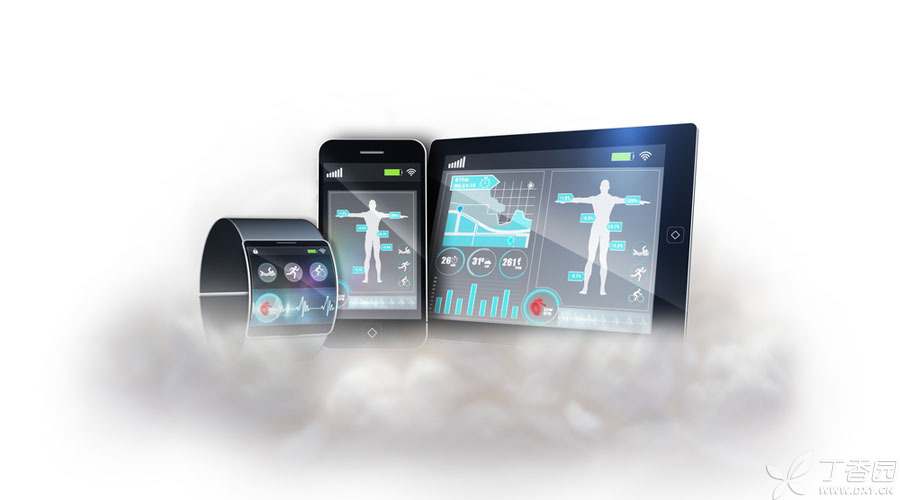
With more and more smart bracelets, smart watches, fitness wristbands and other smart wearable devices on the market, smart health monitoring seems to be getting closer and closer to our life.
Small, intelligent and convenient medical equipment will be the highlight and frontier research field in the development of electronic products and medical methods in the future.
Let’s see what we have achieved.
1. Artificial pancreas
In the near future, People with type 1 diabetes may be able to inject insulin through smartphones. Researchers are developing bionic pancreas, an insulin pump implanted under the skin. Used in combination with paired App and chips, The artificial pancreas can automatically detect blood sugar levels and regulate the release of insulin and glucagon. Researchers at Boston University and Massachusetts General Hospital hope that the research results will be approved by FDA for clinical use in 2017.
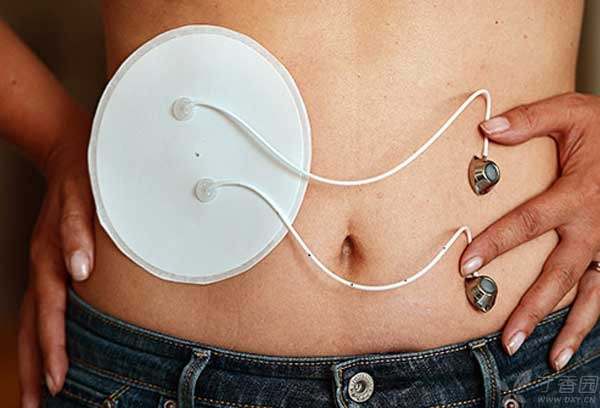
2. Smart Pills
It won’t happen again that you forget to take your medicine.
Scientists from Britain and the United States have developed a pill called Helius. The pill has a chip smaller than sand. After taking it, it can track your medication record and send a signal to your mobile phone’s App. Your medical team can also obtain your medication information remotely.
Helius does not contain any medical ingredients, but if you forget to take the medicine, this smart pill will send a reminder.
At present, the tablet is only aimed at people with heart failure and hypertension. Developers are trying to make smart pills more widely available.
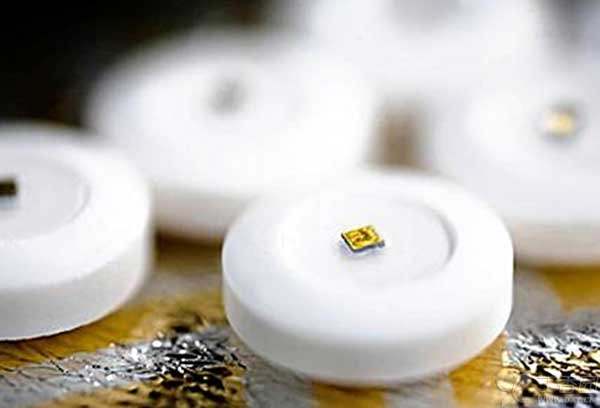
3. Small Clip for Heart Failure
This device can improve or even reverse heart failure. Its name is called C-shaped pulse clip. Of course, this technology is still in the clinical trial stage.
The doctor will implant this small thing through a small incision in your chest and clamp it on the aorta. The small clamp can tighten and relax according to the rhythm of your heart beating, improving blood flow. If you don’t need it, ask the doctor to unplug the external power supply and wiring for you.
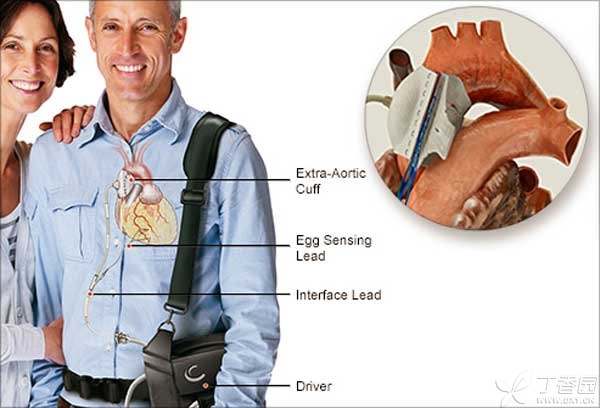
4. Coin-sized Heart Monitor
This small device can help doctors monitor your heart condition. If the heart failure deteriorates, it can be detected in time. FDA approved the use of this intelligent medical device called CardioMEMS in 2014.
Doctors implant the instrument into the patient’s pulmonary artery through a catheter. The coin-sized device can measure and monitor pulmonary artery pressure and upload data to the computer in real time. Doctors can make more accurate and timely treatment plans based on these indicators.
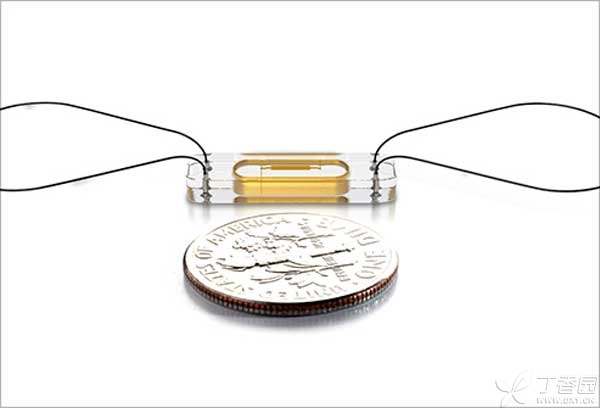
5. Valve Tablets to Reduce Inflammation
Scientists are trying to cure persistent inflammatory diseases, such as rheumatoid arthritis, without drugs. SetPoint Medical, a biotech company, believes that the nervous system will be the key to solving this problem.
They have developed a nerve regulation device, about two centimeters long, that can be connected to the vagus nerve of the neck. Controlled by the iPad, this small valve piece can send out tiny electric current to stimulate the nerve.
Although it is still in the early stages of research and development, as early as 2012, the project’s experiments on rheumatoid arthritis patients achieved good results. Now, researchers also want to apply a similar method to the treatment of Crohn’s disease.
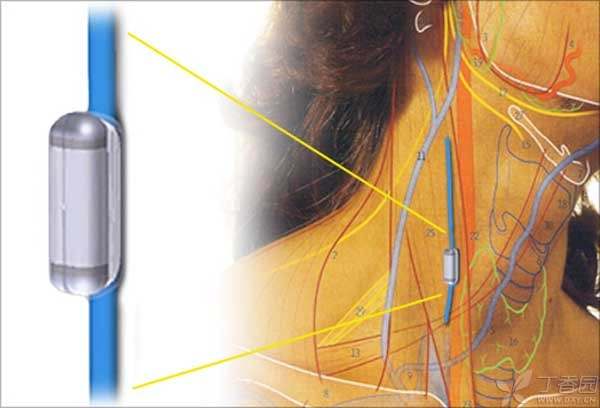
6. Matchstick for Diabetes
This matchstick-sized pump, called ITCA 650, can be placed under the skin of the abdomen and replaced once a year.
Although it is only a little bit, it is very likely to replace oral administration and injection to treat type 2 diabetes. It can smoothly release Axenatide to control blood sugar.
Clinical trials have come to an end and developers plan to bring the product to market in 2016.
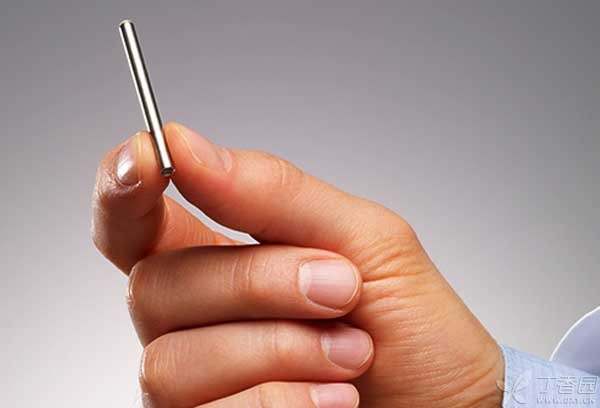
7. Breathing is no longer paused during sleep.
Positive pressure ventilator can help patients with sleep apnea syndrome, but the experience is not good, and many patients do not like to use such equipment. In 2014, a new instrument was approved by FDA, providing patients with a new choice.
The new device, called the Inspire, includes a small generator and two wires. When in use, the doctor implants the small device into the patient’s chest and neck. When sleeping, the device is activated remotely, and it emits mild electronic pulses to stimulate muscles around the trachea to help you breathe freely.
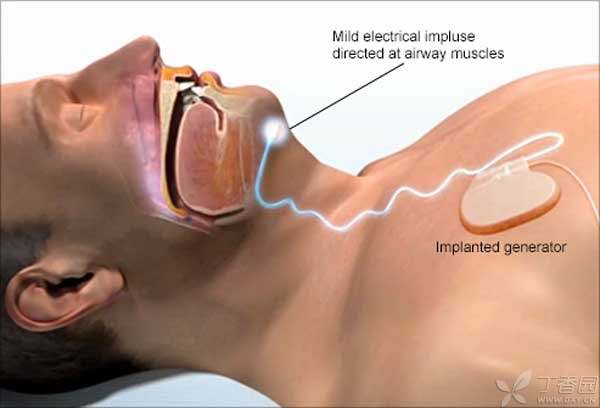
8. Chip prescription
A stamp-sized chip may make it possible to write a prescription remotely. MicroCHIPS, a biotech company, has developed this chip, which can transmit medical data to help doctors write prescriptions remotely and set drug doses.
This technology has been successful in clinical trials of a small number of female osteoporosis patients, and researchers are trying to apply this technology to the treatment of other diseases.
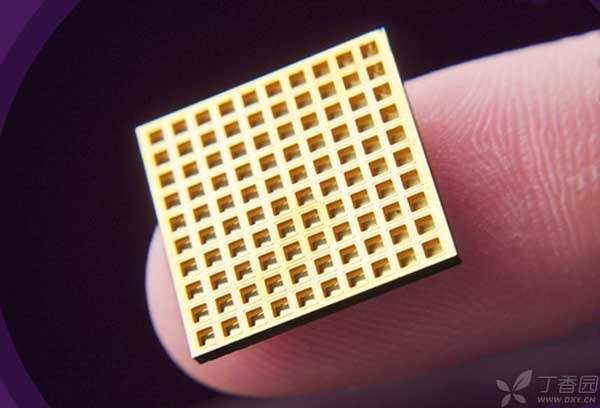
9. Gospel for People with Chronic Leg Acid and Back Pain
This little thing, called Stimwave Freedom, is likely to be a good news for patients with chronic back and leg pain. Doctors implant the device into the corresponding part by injection. The tiny electrical stimulation it sends can stimulate surrounding nerves and relieve pain. In 2014, the technology was approved by FDA.
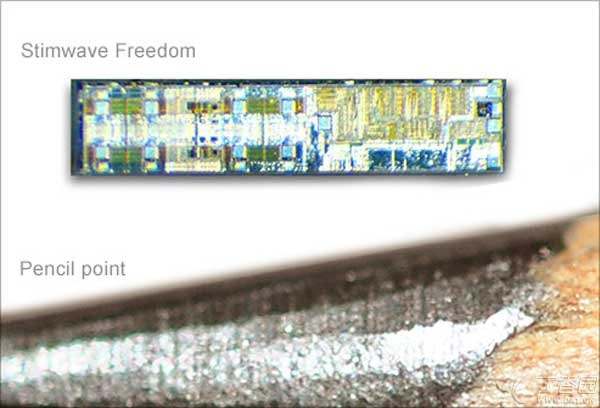
Responsible Editor: Ni Jiahua
Clove Garden is exclusively authorized and cannot be reproduced without permission.
Source: Webmd
